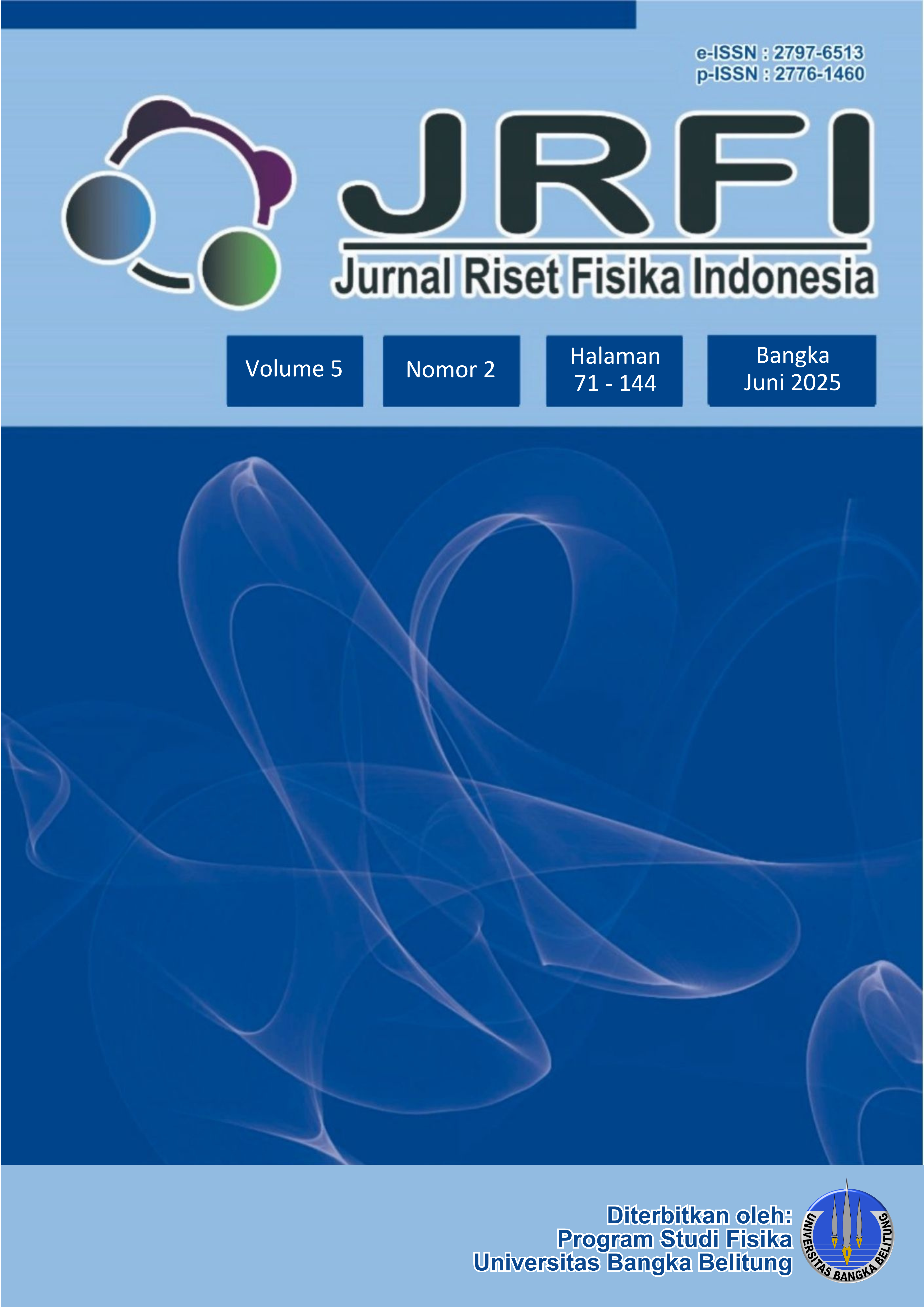Analisa Kandungan Boraks pada Tahu dengan Menggunakan Texture Analyzer dan Spektrometer
DOI:
https://doi.org/10.33019/jrfi.v5i2.5844Keywords:
food safety, tofu, texture analyzer, spectrometerAbstract
Food safety is a critical issue in ensuring public health, especially in preventing contamination from harmful substances illegally added to food. One such hazardous additive is borax, which is sometimes used by unscrupulous food producers to preserve texture and shelf life, despite its known toxicity and prohibition in food products. This study aims to detect the presence of borax in tofu, a widely consumed protein source, by utilizing two analytical tools such as a Texture Analyzer and a Spectrometer. The Texture Analyzer was employed to evaluate the physical firmness of tofu, as borax is known to increase its hardness. The Spectrometer was used to confirm the chemical presence of borax. Results indicated that tofu samples containing borax showed significantly firmer textures compared to control samples, and the spectrometric analysis successfully detected borax compounds. These findings demonstrate that both instruments are effective in identifying borax contamination. The study recommends the sustainable development of rapid and accurate detection methods for other hazardous additives to enhance food safety monitoring and enforcement practices.
References
[1] Peraturan Pemerintah Republik Indonesia Nomor 86 Tahun 2019 Tentang Keamanan Pangan
[2] T. R. P. Lestari, "Keamanan pangan sebagai salah satu upaya perlindungan hak masyarakat sebagai konsumen", Aspirasi: Jurnal Masalah-Masalah Sosial, vol. 11, no. 1, pp. 57–72, 2020
[3] D. G. Kusumafikri, A. Muid, & I. Sanubary, "Rancang bangun alat pendeteksi bakso mengandung boraks menggunakan sensor resistansi", Prisma Fisika, vol. 7, no. 2, pp. 115-118, 2019
[4] Peraturan Menteri Kesehatan Nomor 722/MenKes/Per/IX/88 Tentang Bahan Tambahan Makanan
[5] G. Svehla. Buku teks analisis anorganik kualitatif makro dan semimikro. Jakarta: PT. Kalman Media Pustaka, 1985.
[6] D. Syah, S. Utama, Z. Mahrus, F. Fauzan, R. Siahaan, O. Oktavia, & W. Kartawijaya. Manfaat dan bahaya bahan tambahan pangan. Bogor: Himpunan Alumni Fakultas Teknologi Pertanian IPB, 2005.
[7] M. A. Fitri, Y. T. Rahkadima, T. K. Dhaniswara, Q. A'yuni, & A. Febriati, "Identifikasi makanan yang mengandung boraks dengan menggunakan kunyit di Desa Bulusidokare, Kecamatan Sidoarjo, Kabupaten Sidoarjo", Journal of Science and Social Development, vol. 1, no. 1, pp. 9-15, 2018.
[8] R. Setiawan, & O. Candra, "Rancang Bangun Alat Pendeteksi Formalin dan Boraks Pada Bahan Pangan Berbasis IoT", JTEIN: Jurnal Teknik Elektro Indonesia, vol. 3, no. 2, pp. 541-550, 2022
[9] E. Triastuti, F. Fatimawali, & M. R. Runtuwene, "Analisis boraks pada tahu yang diproduksi di Kota Manado", Pharmacon, vol. 2, no. 1, pp. 69-74, 2013,
Downloads
Published
Issue
Section
License
Copyright (c) 2025 Permono Adi Putro, Novita Dwi Susanti, Devia Putri Wulandari

This work is licensed under a Creative Commons Attribution-ShareAlike 4.0 International License.














